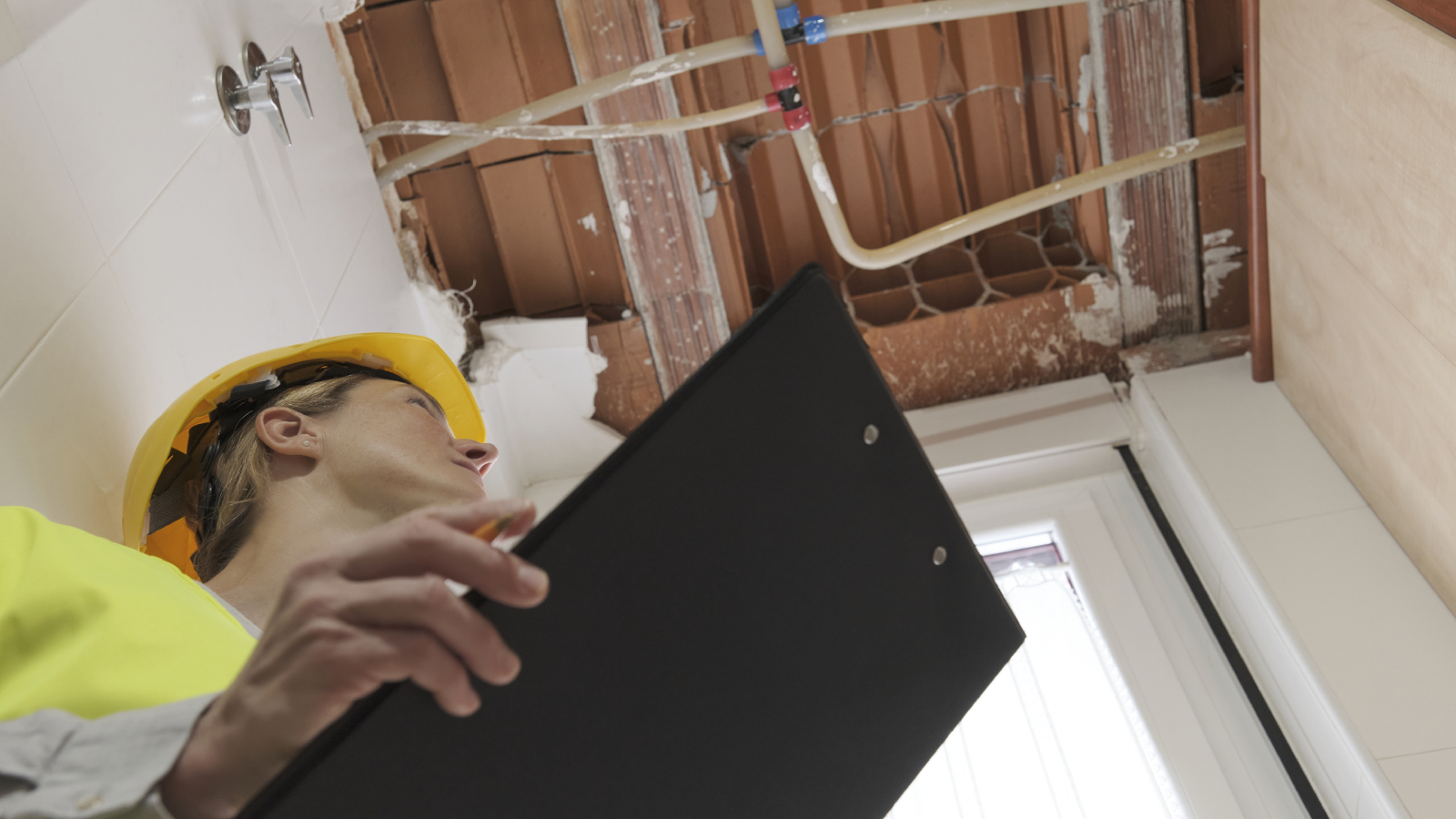Radiator not heating up properly? From trapped air to faulty valves we explore the potential problems and how to fix them
There are several reasons for a radiator not heating up – but don't panic, our troubleshooting guide will ensure your home is warm and cosy again in no time
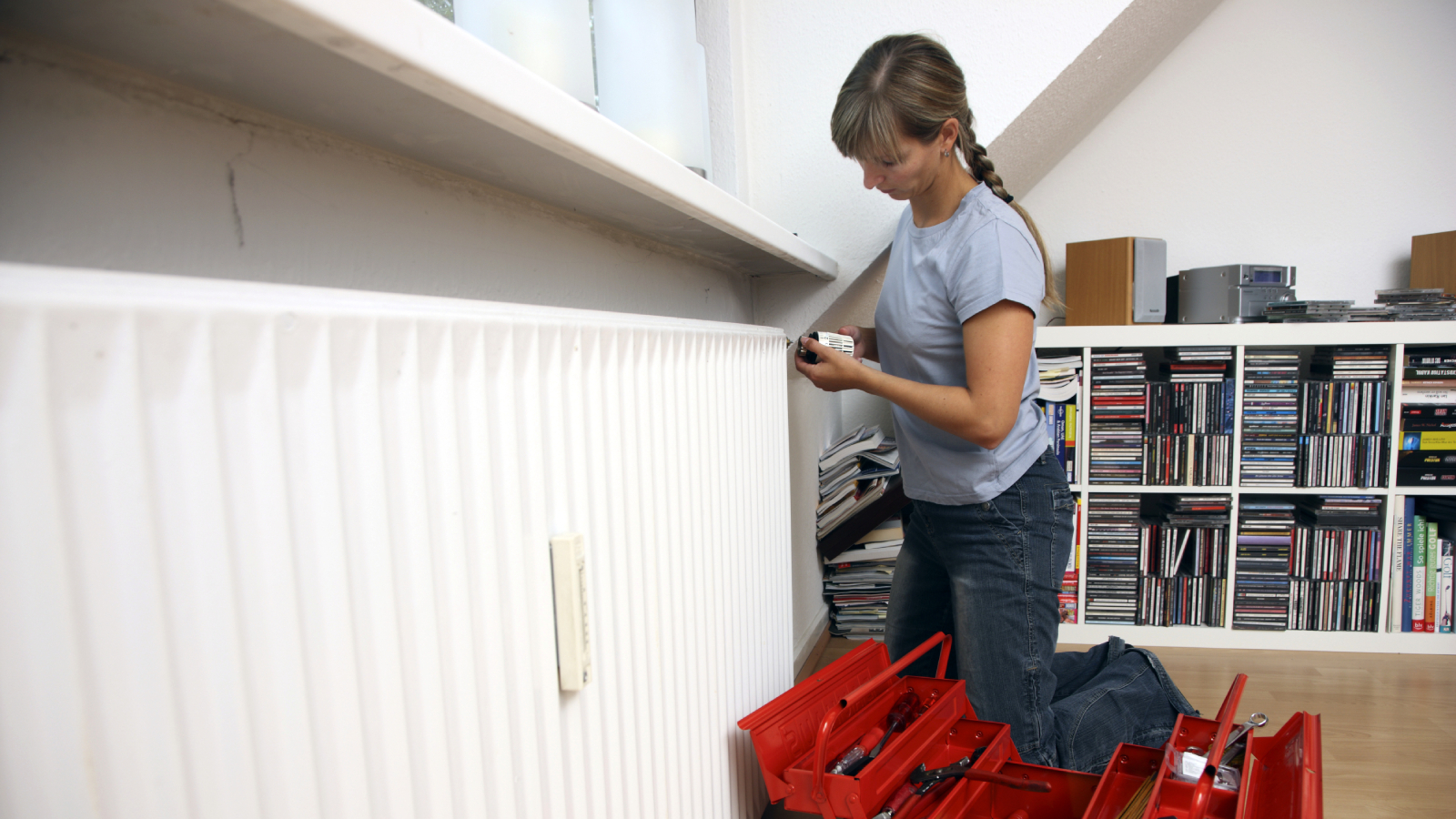
It's not unusual to encounter the issue of a radiator not heating up once your central heating is in full flow again. But, if the heating is on, it's clearly not a problem you can leave for long.
Fortunately, many of the solutions don't always need a professional and there are plenty of DIY fixes you can tackle yourselves. But, what are the reasons why your radiators aren't heating up, and when do you need to call in a professional to fix them?
In this guide we'll explore the most common causes why your radiators aren't working, and outline the solutions to make your home toasty warm once more.
Why is my radiator not heating up?
In general, the reason why your radiator is not heating up properly comes down to the following:
- Debris in the pipework or filter
- Circulation pump not working or has air in it
- Air in the system
- Thermostatic radiator valve (TRV) is stuck
- Lockshield has been fully opened or closed
- Boiler or heat pump not working properly
- Central heating has turned off
- Fuel source has run out
While some are more serious than others, your first action should always be to check the basics. Is your central heating on? Is it on the right setting?
Yes it sounds obvious, but before you do any of the above, you really should check that your central heating hasn't been switched off or set to summer mode, or to heat the water only, by accident – you really don't want to go calling out a plumber only to discover this was the cause.
Another embarrassing cause of radiators not heating up (a bit like running out of petrol) is because you have run out of fuel. If you are using LPG or an alternative heat source such as a biomass boiler, make sure you have enough fuel to heat your home.
Bring your dream home to life with expert advice, how to guides and design inspiration. Sign up for our newsletter and get two free tickets to a Homebuilding & Renovating Show near you.
Or, perhaps it's something as simple as the pilot light on your boiler going out.
Once you've checked your heating system is in good order, it's then time to look at the individual reasons why a radiator is not heating up properly and see if you can fix it yourself.
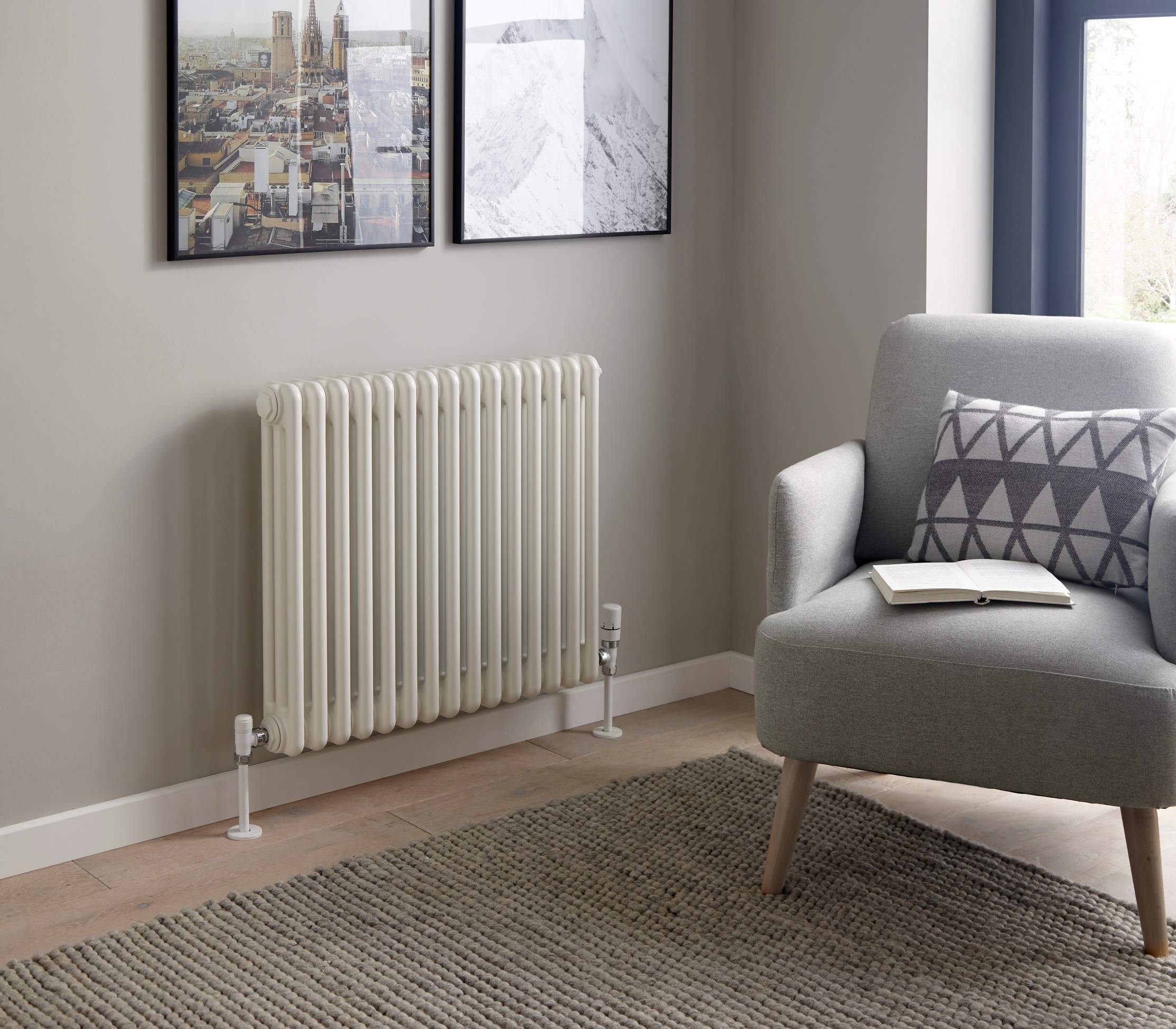
1. A blocked radiator
"If the system has not been serviced then there could be a build up of debris in the pipework or the filter," explains renewables expert, David Hilton. The simple solution is to get the system serviced by a professional.
Blocked radiators can be caused by a build up of limescale, sludge, rust or debris flowing through the system. This restricts the flow of water meaning blockages that start of fairly small can quite quickly become big blockages.
Blocked radiators are usually cold at the bottom and warm at the top.
If the problem is only affecting one radiator, it can be possible to remove it and flush it out with a garden hose, before replacing it. However, if you have several radiators not heating up then it may be necessary to have them power flushed by a professional.
A power flush uses pressure to shoot water and chemicals through the system, removing dirt and flushing it away down an outside drain.

David has a Master's degree in Sustainable Architecture (Advanced Energy and Environmental Studies), is a fully qualified Gassafe and renewables installer and has 30 years of experience in the industry.
2. Circulation pump not working
If a few, or all, of your radiators are not heating up, the circulation pump could be to blame.
Circulating pumps move hot water around a heating system, taking it from the boiler through the pipes to your radiators and hot water cylinder in some cases – before taking it back to the boiler.
Sometimes, blockages or airlocks in the system will occur. Good indicators that this may have happened, other than radiators not heating up, include a water leak from the pump, unusual noises coming from the pump, casing that is hot to touch and no hot water.
You will need to call in a plumber to fix the problem.
3. Air in heating system
A very common cause of radiators not heating up is an airlock in the central heating system.
"There could be air in the system which would mean that the radiator may only heat a little bit at the bottom, or not at all if there is a lot of air," explains David Hilton. "You will need to bleed the radiator to get the air out.
"As you let air out of the system you need to allow more water in. A gravity fed central heating circuit should fill automatically but a high pressure system will have a valve (or two) to let the water in. Don’t leave this valve open," says David.
"Pressurise the system a bit and then bleed the radiator. It is usually best if two people do this but if in doubt call in a professional."
Try these tools to help fix a radiator not heating up
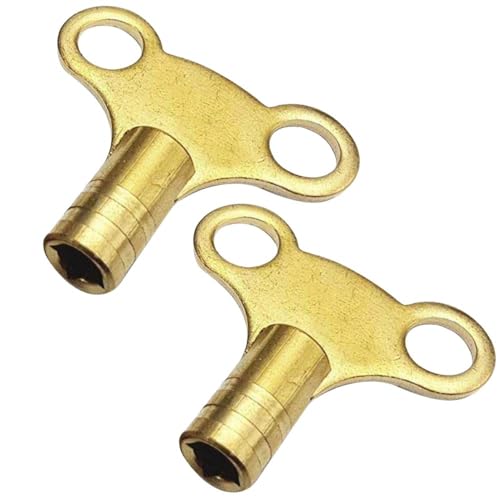
This solid brass butterfly shaped easy to grip radiator key comes as a set of two. The square opening will fit most UK radiator heating systems.

This set includes a TRV and lockshield constructed from solid brass and finished with a multi-layered powder coated finish. Available in six different finishes.
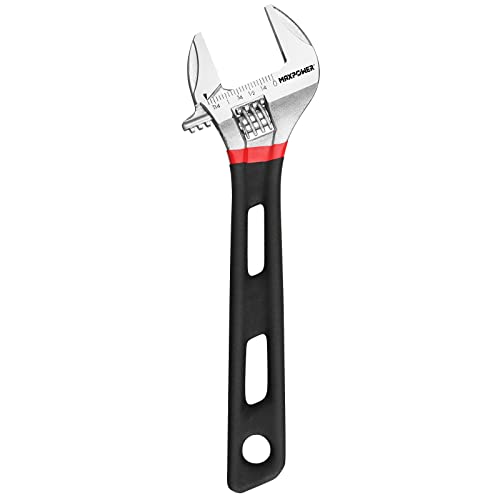
A 10-inch carbon steel adjustable spanner with 250mm jaw capacity. Its hollow handles are ergonomically shaped with slip-resistant grips.
4. A stuck TRV
If it is just one radiator not heating up, then a stuck thermostatic radiator valve could be the culprit.
A thermostatic radiator valve controls the flow of hot water to a radiator and occasionally these can get stuck, meaning they can't open to allow the hot water in.
"The TRV pushes a pin in and out and sometimes this pin corrodes and will not move," says David Hilton. "By unclipping the TRV you may be able to free it up, but be careful as it may be badly corroded and pop out or leak."
Try to free the pin using pliers and grease but don't use excessive force as you might damage the pin. If you can't free the pin then we would advise you call a professional.
5. Lockshield in wrong position
"On the opposite side of the radiator to the TRV is a lockshield," says David Hilton. "This looks like a small valve with a cap on it and it is used to balance radiators. What can often happen is that this is closed when a radiator is moved (for example, to paint behind a radiator) but then fully opened again when the radiator is replaced, rather than returning it to its previous position, which is often only a quarter turn open.
"This means that the boiler water will now circulate more through the closed radiators and hardly ever get heat to furthest away radiators."
A good signal that this is your problem will be if the radiators upstairs (or those nearest to the boiler) are getting hot, but the downstairs radiators are cold. The system will need to be rebalanced.
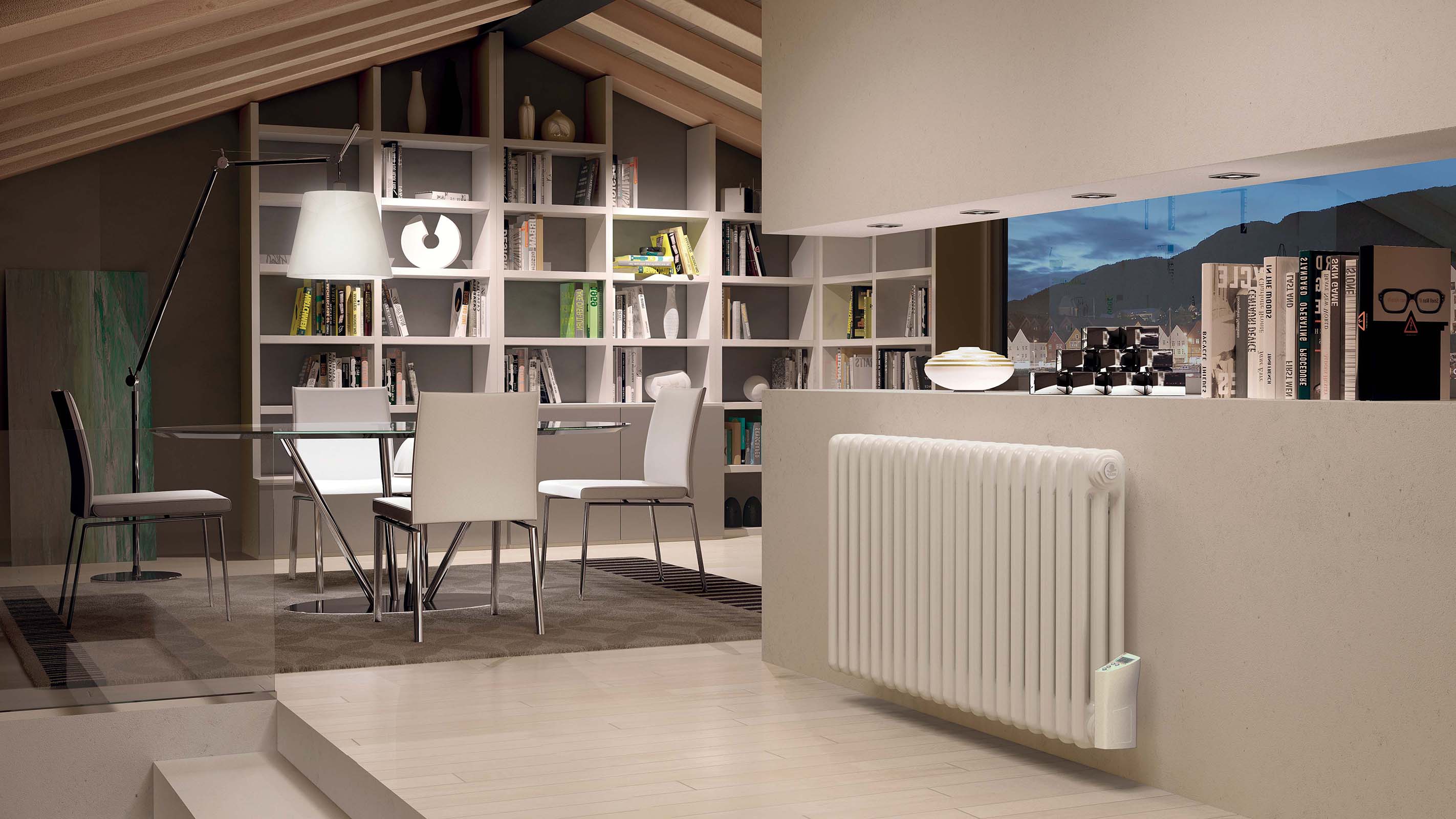
6. Faulty boiler or heat pump
An obvious reason for radiators not working is a faulty boiler or heat pump. Check your boiler is on the right setting and appears to be working – a fault code will usually alert you to a problem. You may find you can put it right easily, but in some cases a Gas Safe registered heating engineer will need to be called out.
If you use a heat pump to heat your radiators, check it is working as normal and that it hasn't become clogged with any debris. In some instances, you may need a new boiler. Check out our how much is a new boiler guide for more info.
7. Drop in water pressure
If you have a combi boiler, or a high-pressure central heating system, the problem could lie with a drop in pressure, causing the boiler to cut out.
Take a look at the pressure dial – it should be in the range specified in the instruction manual. If not, you will need to top-up the water (check your manual for instructions) to repressurise the boiler.
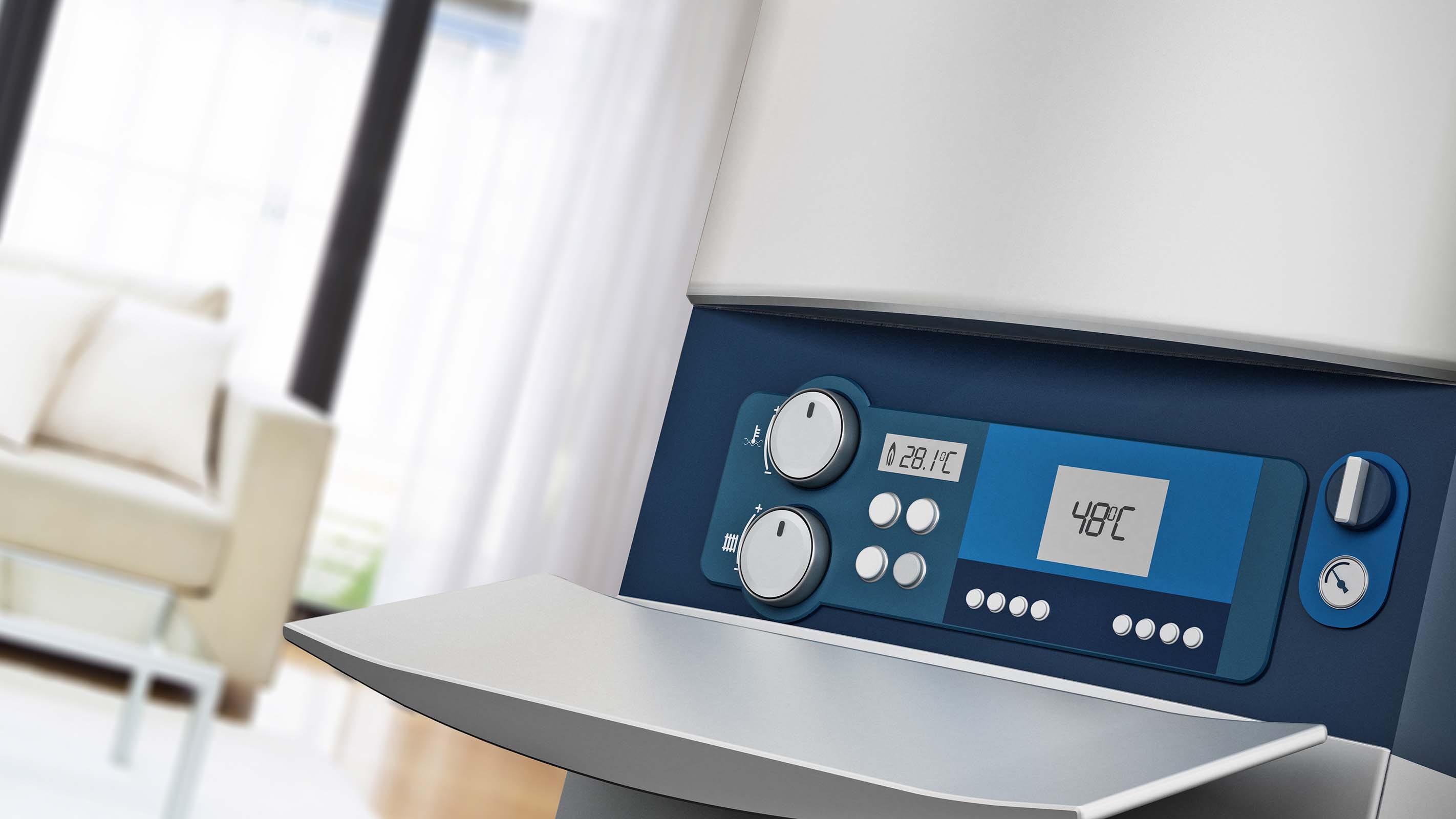
FAQs
Why is my radiator still not working after bleeding it?
"If your radiators are still cold after bleeding, it’s a sign the issue isn’t trapped air but something deeper," says John John Klee, heating technology expert at Best Heating.
"This could be something like a stuck thermostatic valve, low boiler pressure, or a blockage in the system. Bleeding only releases air, so persistent cold spots often mean the system needs balancing or a professional power flush to restore proper water flow and heat distribution.”
How can I prevent my radiators from not heating up properly?
The first thing to do is get a service in the summer months, to make sure everything is working as it should ready for the winter months. You can also run the heating system every now and then, maybe once a month or every other week, leading up to winter to make sure it is working well.
You can also check the pressure on the boiler, especially in the autumn - you are looking for the pressure to be just above 1 bar up to 1.5 bar.
Some of this you can do yourself, such as checking your system during the summer months; for a service you’ll need to call in a professional.
Although some of these problems can be fixed, if your radiator is leaking water from the bottom, as well as not heating up properly, it might be time to replace it. Check out our how to remove a radiator guide for advice on how to do this, and take a look at some of the best radiators you could replace it with.
Natasha was Homebuilding & Renovating’s Associate Content Editor and was a member of the Homebuilding team for over two decades. In her role on Homebuilding & Renovating she imparted her knowledge on a wide range of renovation topics, from window condensation to renovating bathrooms, to removing walls and adding an extension. She continues to write for Homebuilding on these topics, and more. An experienced journalist and renovation expert, she also writes for a number of other homes titles, including Homes & Gardens and Ideal Homes. Over the years Natasha has renovated and carried out a side extension to a Victorian terrace. She is currently living in the rural Edwardian cottage she renovated and extended on a largely DIY basis, living on site for the duration of the project.

